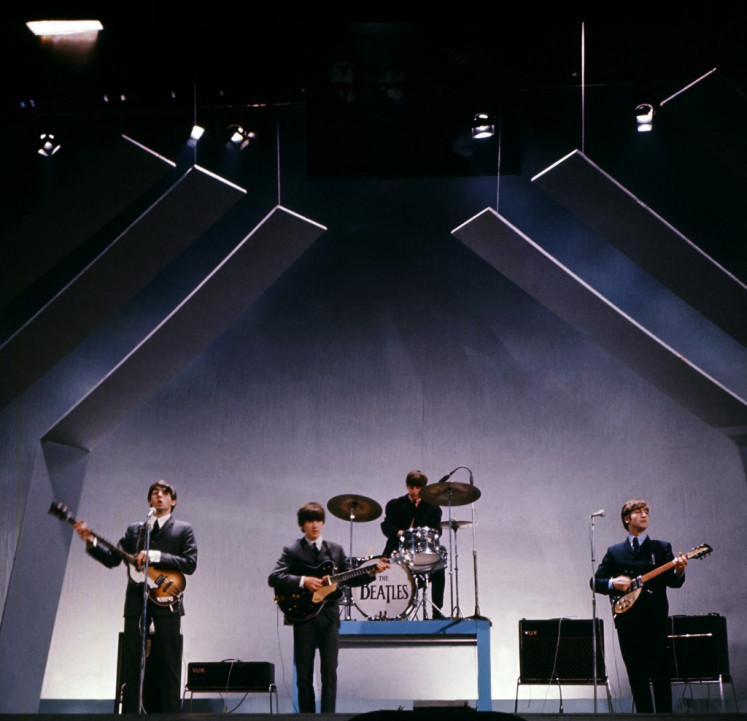Album Review: 'Apologia' by Sajama Cut
Apologia is an unabashedly difficult to-listen piece. It takes more than a couple of listens to be sure of the album’s full-form.
Change Size
 'Apologia' by Sajama Cut (Sajama Cut/File)
'Apologia' by Sajama Cut (Sajama Cut/File)
C
hances are, you didn’t hear about Sajama Cut from their 2001 debut album Apologia. More than likely, you would know them as the band that made The Osaka Journals, the follow-up classic record from 2005, or perhaps 2010’s Manimal. Don’t have the patience for older stuff? Try Hobgoblin, their monstrous fourth LP from 2015.
Together with The Osaka Journals, the band reissued Apologia in February 2017 under the name Kebun Suara, quenching the thirst of many restless collectors out there. Tracing the lineage of front man and shape-shifter Marcel Thee’s music yields a template, a pattern and a complete picture that make Apologia a legitimately fun pastime unto itself. That said, there’s not a lot about Apologia that would remind one of Sajama Cut, with years of dedicated craftsmanship having beaten them into shape. Their longest record to date, clocking in at over 70 minutes,
Apologia is an unabashedly difficult to-listen piece. It takes more than a couple of listens to be sure of the album’s full-form.
Musically, it pulls together influences from black metal bands such as Burzum or even Nine Inch Nails’ industrial touches. From the wailing guitars that form a wall in your ears to the acoustic guitar in “Murtadnya Diriku” [How Much of a Heathen I Am] — the song that gives the album its name — the album gives way to an unsettling sound.
Marcel mostly worked on this record alone, aided by drummer Beta Wicaksono, guitarist Eka Sut and bassist Noviar Akbar. The songs on Apologia treat instrumentals with ease, letting them rip while occasionally giving them a keyboard-accented break, like in “Romantika Haram” [Blasphemous Romance]. Other than that, Marcel repeatedly lets out unbridled howls. “Analogi Sayat” (Cutting Analogy) is the song that perhaps best exemplifies Apologia’s primary sound.
Above all, Apologia is cold. You don’t need to look deep into the lyrics to know why. Just glance at the song titles: “Mari Bunuh Diri” (Let’s Commit Suicide); “Nostalgia Laknat” (Damned Nostalgia); “Satu Sloki Untuk Masa Depan” (One Shot for the Future). Even temporary ambient points of refuge, such as “Iy” and “Lagu Dosa” (Song of Sin), are laced with unsettling noise.
The instrumentals in the songs were not merely throwaway sounds. Sajama Cut decided to include similar songs like “House of Pale Actresses” or “Beheadings” 13 years later on Hobgoblin.
Apologia doesn’t sound amateurish at all — it’s the one sound Marcel feels the need to stick to at the moment and the sound that best suits his temperament.
There’s that familiar keyboard line in “Nostalgia Laknat”; there’s that haunting coda in “Satu Sloki Untuk Masa Depan.” And then there’s the bleak, yet straightforward pop nugget “Mari Bunuh Diri,” which was re-recorded and released as a single. I think Apologia is the indirect predecessor to Hobgoblin in terms of its affinity for disparate sounds. Since then, Sajama Cut has gone ahead and refined their sound, slowing it down, providing it with a much-needed focus. But Apologia was the earliest sign of a band that welcomed change Sajama Cut has come a long way.









